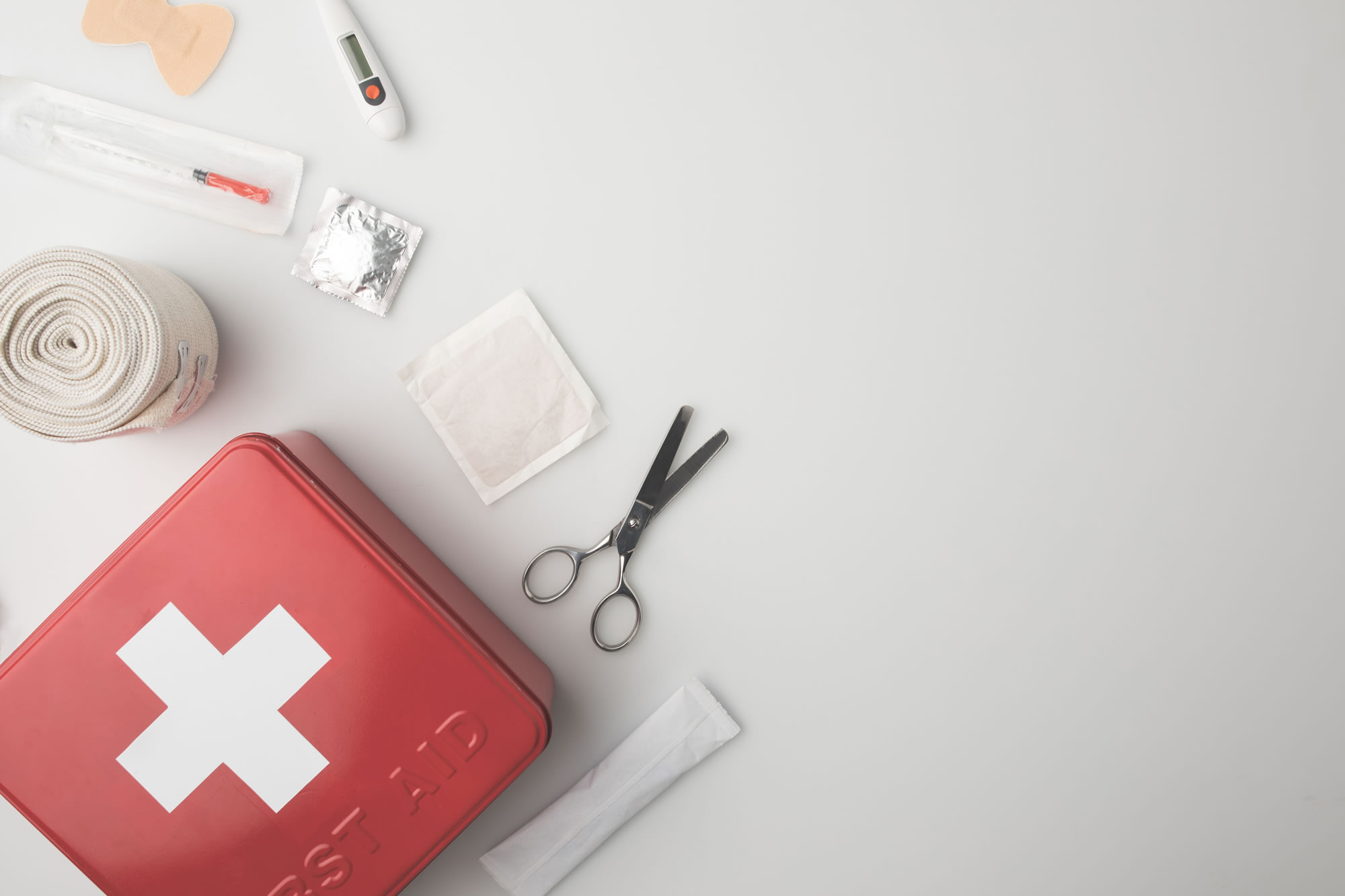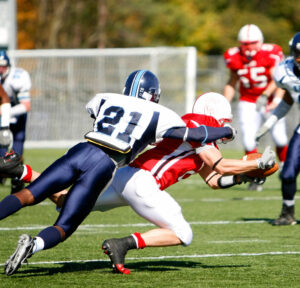The New York Times recently published an article on first aid for head injuries. It’s worth a review.
What is a Head Injury?
A head injury is any trauma to the scalp, skull, or brain. The most common head injury is a concussion, where the brain is shaken inside the skull. Other head injuries include scalp wounds or skull fractures.
Common causes of head injury include:
- Accidents at home, work, outdoors, or while playing sports
- Falls
- Physical assault
- Traffic accidents
Symptoms
Symptoms can occur right away or develop over several hours or days. Even without a fracture, the brain can make contact with the skull causing bruising, bleeding or swelling. These are potentially serious complications that require medical attention.
A traumatic brain injury occurs when there is a change in brain function. Concussion is a mild traumatic brain injury with a broad range of symptoms, including:
- Confusion
- Drowsiness
- Headache
- Loss of consciousness
- Memory loss
- Nausea and vomiting
- Visual disturbances like flashing lights
- Feeling like you have “lost time”
Seek medical care right away if there are:
- Changes in alertness and consciousness
- Lasting confusion
- Convulsions (seizures)
- Muscle weakness on one or both sides
- Unequal pupils or unusual eye movements
- Extended unconsciousness (coma)
- Repeated vomiting
- Walking or balance problems
First Aid
Call 911 right away if:
- There is severe head or face bleeding
- The person is confused, tired, or unconscious
- The person stops breathing
- You suspect a serious head or neck injury
Then take the following steps:
- Check the person’s airway, breathing, and circulation. If necessary, begin CPR.
- If the person’s breathing and heart rate are normal but the person is unconscious, treat as if there is a spinal cord injury. Stabilize the head and neck by placing your hands on both sides of the person’s head. Keep the head in line with the spine and prevent movement. Wait for medical help.
- Stop any bleeding by firmly pressing a clean cloth on the wound. If the injury is serious, be careful not to move the person’s head. If blood soaks through the cloth, do not remove it. Place another cloth over the first one.
- If you suspect a skull fracture, do not apply direct pressure to the bleeding site, and do not remove any debris from the wound. Cover the wound with a sterile gauze dressing.
- If the person is vomiting, roll the person’s head, neck, and body together onto his or her side. This still protects the spine and prevents choking. Children often vomit once after a head injury. This may not be a problem, but call a doctor for further guidance.
- Apply ice packs to swollen areas.
Do NOT:
X wash a head wound that is deep or bleeding a lot
X remove any object sticking out of a wound
X move the person unless absolutely necessary
X shake the person if he or she seems dazed
X remove a helmet if you suspect a serious head injury
X pick up a fallen child with any sign of head injury
X drink alcohol within 48 hours of a serious head injury







